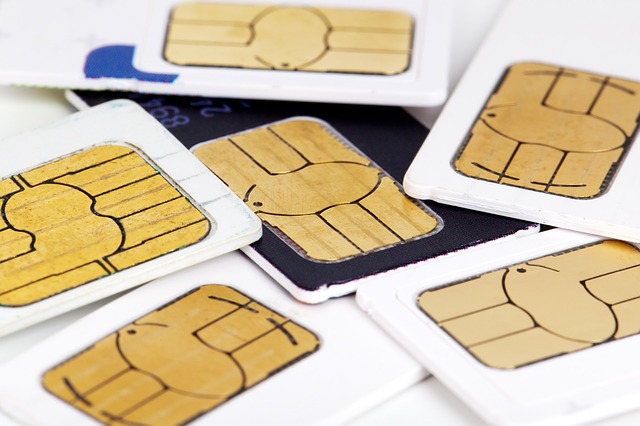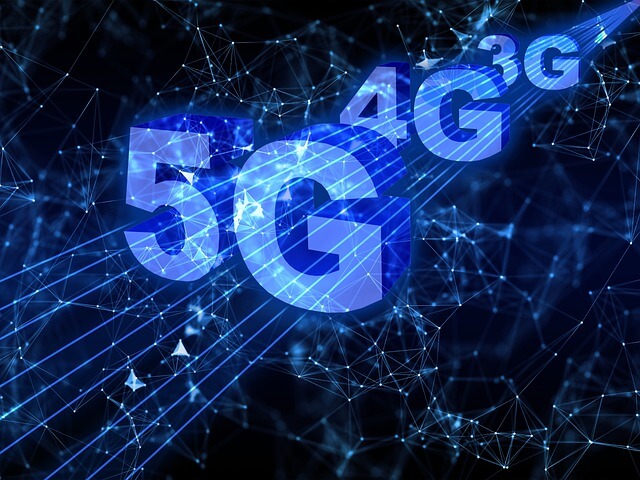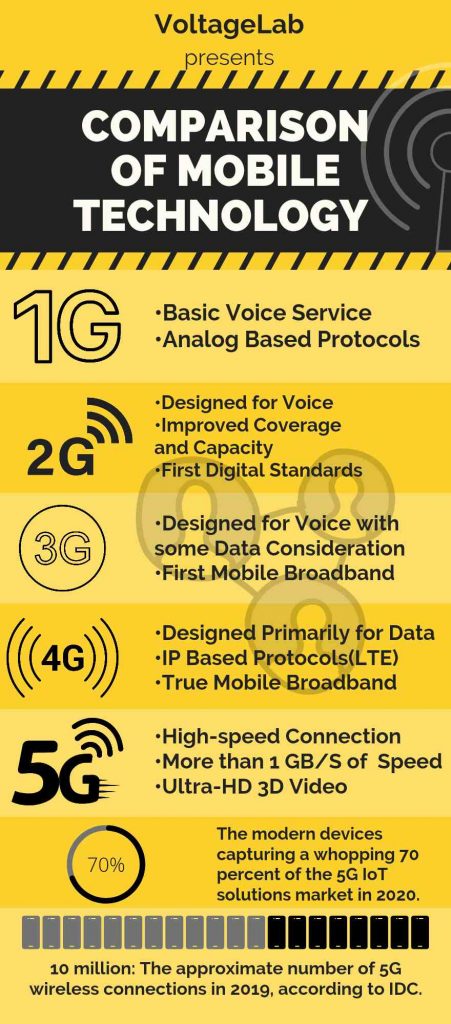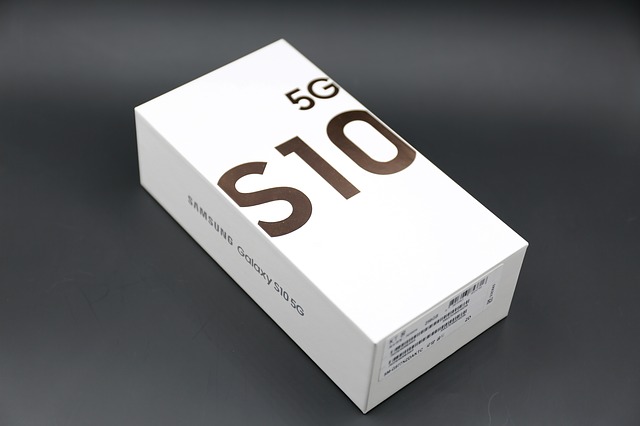Comparison of 1G 2G 3G 4G 5G – Doesn’t this excite you! Mobile phones surround us everywhere. It is nothing without its network connection. Let’s learn today how it all began. Cell phone networks in different countries use different frequency bands. This can be a pain in the neck at times.
Particularly for someone who travels actively abroad. Nowadays, you can do a lot of stuff on your phone without a data connection if you use WiFi. To connect to the internet, our cell phones use radio frequency or RF. It’s referred to as a mobile network or simply a data connection. Thanks to this radio frequency, we can call, text message, and browse the internet wherever we are. Assume you purchased a phone from a carrier. Now, you want to switch suppliers. It’s unlikely that it’ll work with a competitor carrier.
You should always learn these:
- Know what mobile phone frequency bands are
- How they work
- What frequency bands your mobile operator is using to serve you
These will assist you in determining why you are likely receiving less signal. Your current operator’s speed. In addition, find out which operator in your region provides the best service. So, let us do an in-depth comparison of 1G 2G 3G 4G 5G connection.
Ideal Phone for Roaming
Deciding to buy something is not so easy. Furthermore, if it involves frequency and bandwidth, it is not everyone’s cup of tea.
There is not a single mobile phone anywhere in the world that will work on all networks in all countries.

You need to be selective about which networks and which locations are most important to you and choose your new phone accordingly. Keep some points in mind before making your decision:
- Learn about the existing carriers at your desired locations
- Put effort to know which phone works best there
- Have an idea of which phones are in use at those locations.
Mobile Phone Frequency Band
Suppose, you want to establish a cellular connection to your mobile device. You want to connect to a mobile operator network. In this case, you must first get permission from the network. The SIM card helps in getting this permission. Each mobile operator has its frequency range. The frequency range helps customers to connect to their unique network and exchange information.
What is a Mobile Phone Frequency?
We know, waves are electromagnetic energy. It is a combination of electricity and magnetism. It exists around us like the ocean. Ocean waves have speed, length, and frequency. Radio waves are no different. Wavelength means the distance from one wave peak to another wave peak. Furthermore, frequency means the number of waves that can reach each second. The unit for measuring frequency is what we know as hertz.
How do Mobile Phone Operators work?
Now, mobile operators hire different frequencies from the government. So that their users can use those frequencies to connect to their network. Using these frequencies, users’ devices can connect to the cell towers of mobile operators. Your mobile operator uses different frequencies. The small parts of a band are called blocks or channels.

Here, two different operators provide services using the same band. But, they provide their services from completely different channels. What does this do? This prevents the signal of one mobile operator from getting mixed up with the signal of another mobile operator.
They can use high frequency and low frequency together. Low frequency can penetrate plants, mountains, or tall buildings, it can provide better coverage. On the other hand, high frequency cannot penetrate as many obstacles as low frequency. But is capable of providing higher speeds. So, low frequency is better for the village and high frequency for the city.
A Brief History of Mobile Phone Frequency Band
The popularity of mobile phones is growing very fast. Today’s 4G mobile network is very advanced and capable of transferring hundreds of megabytes of data. But at first, it was not so glamorous at all. The first mobile technology was called AMPS or Advanced Mobile Phone Service. It was a standard voice transmission using an 800 MHz band.

800 MHz band is not ideal for supporting multiple users at all. Then there was the introduction of a 1900 MHz band. It goes by the name Personal Communication Service or PCS. There is the use of both AMPS and PCS as bands on cellular frequencies.
As the years go by, mobile phones have become the main source of information. The use of mobile phones is not limited to just making calls, but also for messaging and internet data exchange. This means that there is a need for more bandwidth urgently.
So, you should note one thing that as technology advances, more and more bandwidth becomes urgent. Moreover, mobile operators need to use different bands. For example, with the advent of 5G, the use of more bandwidth will increase, so it will be necessary to get a license for a new band. Below you will see the comparison of 1G 2G 3G 4G 5G connection.
Comparison of 1G 2G 3G 4G 5G

1. 1G
Mobile telephone technology was in businesses from the 1980s. The communication system then was using mobile handsets. Now if everyone made calls using the same frequency band. Then there ought to be confusion with each other and the call would fail. So, there was the division of each call into different frequency bands. As a result, different people could make calls using completely different lines.
This system goes by the name Frequency Division Multiple Access or FDMA. The working principle of FDMA phones is much like landline phones. They are what we know as first-generation phones or 1G phones.
2. 2G
There was an invention of another new method. This moved the whole system from analog to digital technology. In this technology, human voice samples are taken. Then there is a conversion of the voice to numeric codes.
Here, there was no use of a different frequency band for each call. They came up with a way to broadcast a call to a different band for a while. A call is broadcast on the same frequency in different bands for some time. Thus, making it possible to deliver multiple calls at once. This technology goes by the name “Time Division Multiple Access” (TDMA). GSM-dependent mobile networks all use TDMA technology. These phones are what we know as 2G phones.
3. 3G
In this method, there is a release of each call into a separate code. Again, this code provides all the information such as where the call is coming from or where the call is going. This system works using the packet switching method. It is a method suitable for making any connection. WCDMA is an example of a third-generation mobile network or 3G. The 3G network also goes by the term UMTS.
Nowadays, 3G is becoming a distant memory in our daily lives. Yet, there are still many times when 4G and 5G connections are not available. So, instead, your device will connect to the 3G network.
4. 4G
You can’t guess the patchwork nature of 3G frequency bands. The world is officially divided into three International Telecommunication Union (ITU) regions.
Regions include,
- Europe, Africa, Russia, Central Asia, and the Middle East.
- North America and South America
- Oceania, the Indian subcontinent, and the Far East.
(Note: Today, almost all countries provide 4G networks, with the exception of a handful of sub-Saharan Africans)
4G technology captures all the features of 3G technology. Furthermore, it helps in high-speed data transfer. Originally 3.5G or HSDPA + network was able to provide 4G data speed. But we knew it as 3.5G instead of the original 4G.
In this technology, each signal is sent in separate bits and codes. Again, of course, using different frequencies. It can send and receive packets very fast.
5. 5G
5G networks are still in their infancy. In fact, you can count the number of commercially available 5G networks.
This 5th generation of mobile is what we know as 5G. Its deployment in the world took place in 2019. It is capable of exchanging data at least 20 times faster than 4G technology. Supplying a huge amount of data takes place at this frequency even at very low latency.

Some operators can provide 4G in a low-frequency band. In this case, the range will be much better, but the internet speed will be much slower. However, speed issues can be overcome by using career advancement or 4G + technology. In particular, operators provide 4G using different frequency bands together. Bands are not the only ones responsible for slow speeds. The speed varies depending on,
- The actual bandwidth capacity of the cell tower
- Your distance from the tower
- The obstacle between the tower and you
You can obtain high speeds at high frequencies. But coverage decreases. On the other hand, the opposite is true at low frequencies. I hope this article served its purpose to show the comparison of 1G 2G 3G 4G 5G. If you learned anything from it today, do share it with your friends. Don’t forget to share your questions in the comment section below.
Read More Exciting Articles



